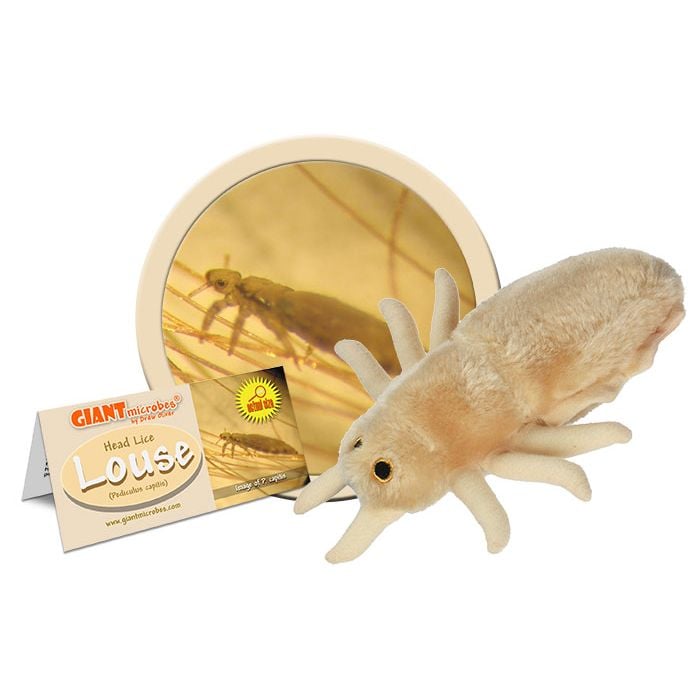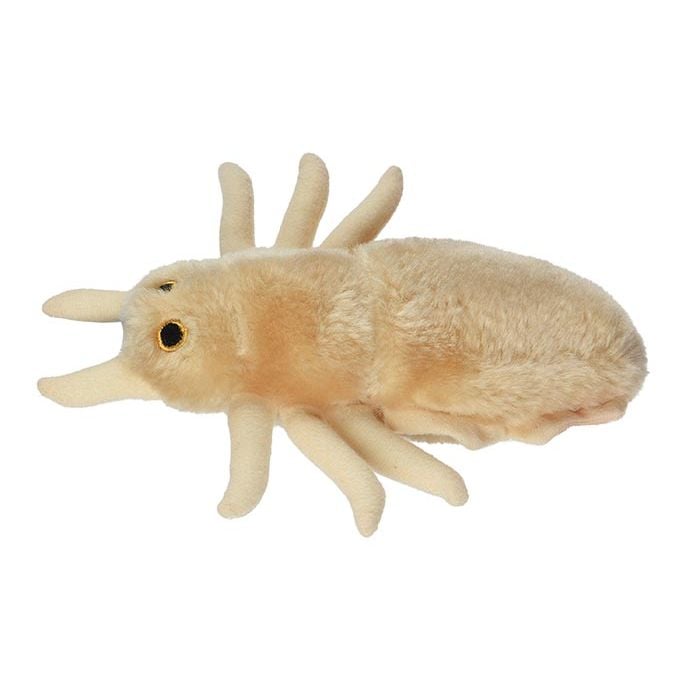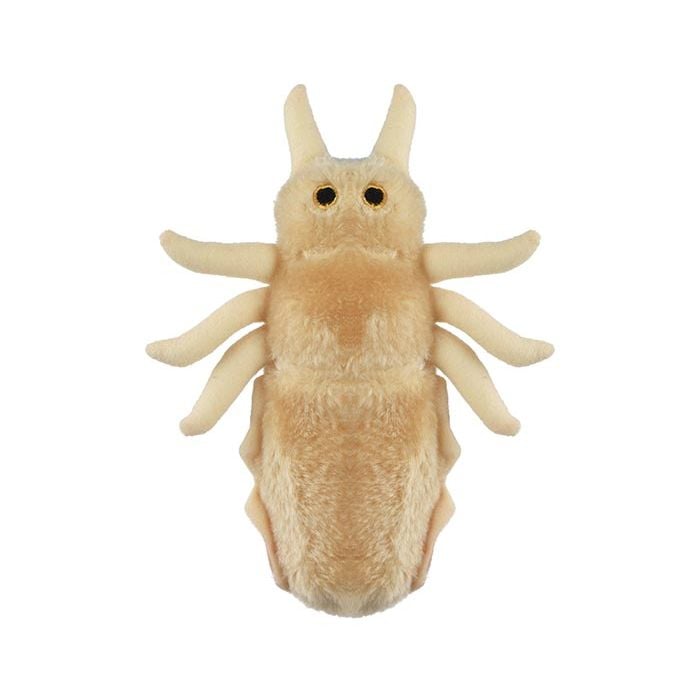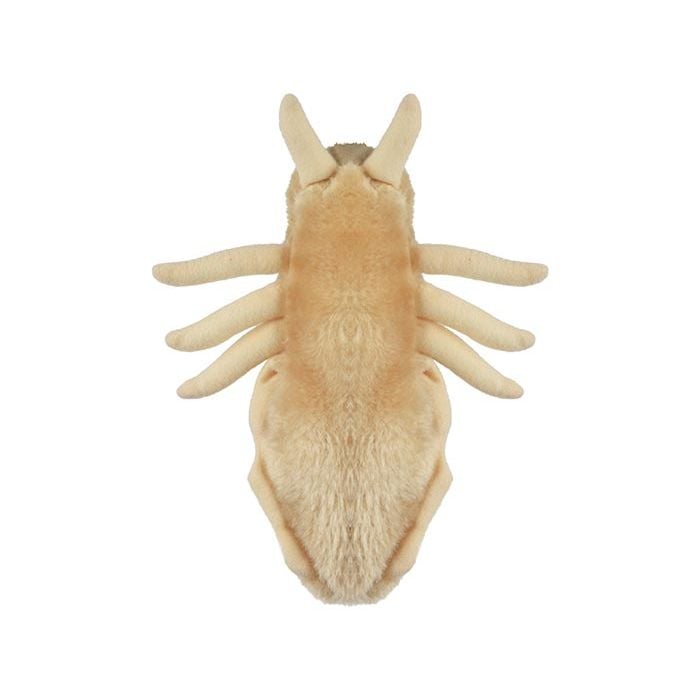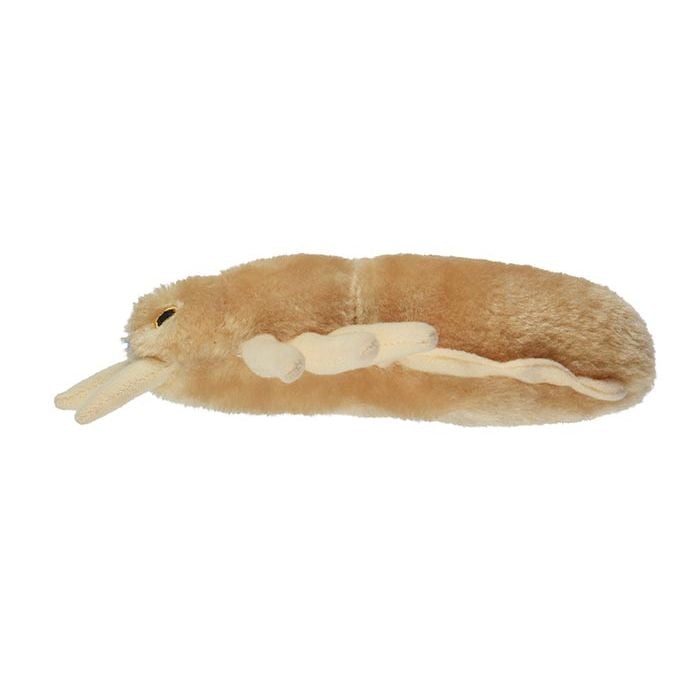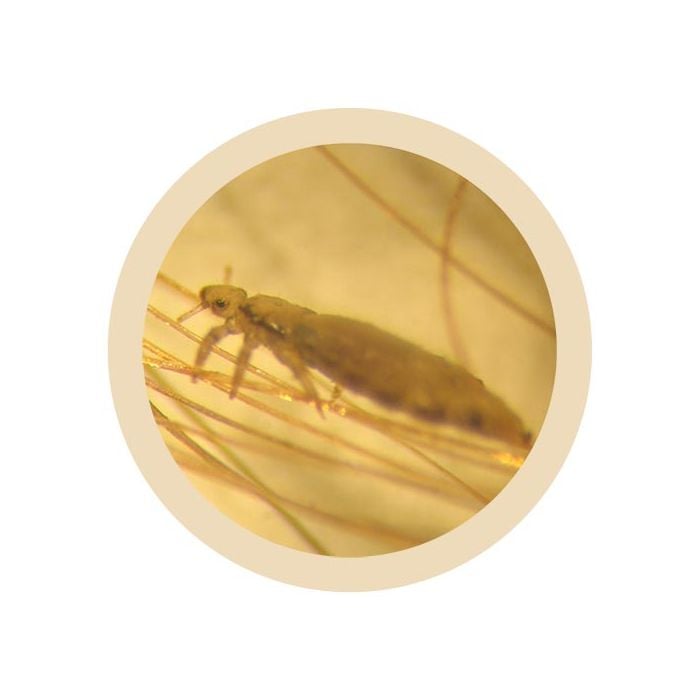Louse (Pediculus capitis)
Having a lousy day? We've got a solution. Scratch your head and grab GIANTmicrobes plush Louse! This adorable representation of this bug provides a fun hands-on-way to learn about health, hair and lice.
Memorable and educational gift for family, friends, scientists, doctors, nurses, lice treatment experts and anyone with a healthy sense of humor. Features high quality materials, realistic bug design and an educational printed card with fascinating facts about Lice.
Size: 6 x 4 x 3”
Product Details
Additional Information
| Sizes | Giantmicrobes are based on actual microbes, cells, organisms and other critters, only 1,000,000 times actual size! Gigantic (GG) 16-24" XL (XL) 10-15" Original (PD) 5-8" Keychain (KC) 2-4" with clip |
|---|---|
| Materials | Plush from all new materials. Stuffed with polyester fiber fill. Surface washable: sponge with water & soap, air dry. |
| Packaging | Each plush microbe includes a printed card with fun, educational and fascinating facts about the actual microbe or cell. |
| Safety | Every product meets or exceeds U.S. and European standards for safety. For ages 3 and up. |
All about Louse (Pediculus capitis)
FACTS: Lice infestations are one of the most common communicable conditions suffered by children. Nevertheless, as unsanitary conditions are sometimes believed to promote lice, their appearance can quickly put sufferers (not to mention parents and school administrators) in a very hairy situation!
In fact, head lice are generally indifferent to environmental conditions beyond their natural territory, namely the scalp. (Most lice can't even survive for more than a day or so away from heat of the body.) In addition, lice can't fly or jump, so transmission most commonly occurs through direct bodily contact or through sharing of personal items such as combs, hats, sweaters, and towels.
Still, close quarters can certainly contribute to the spread of lice. In the World War I trenches, lice was rampant and soldiers cropped their hair short to try to avoid the “cooties” (a term thought to derive from the Malay word kutu, or biting parasite – though how the word traveled to the trenches is unknown.)
If you do discover a lice infestation, there are special shampoos, and even chemical treatments, that can be used to address it. Specialty fine-tooth combs can also help pick lice and nits (or lice eggs) from hair. Finally, bedding and clothes should be well cleaned – and perhaps even discarded. Worth remembering if you're feeling lousy!
| Name | These bugs were named for the target victim and infestation site, the human head. |
|---|
| Actual Size | They’re about 2 to 3 millimeters, which is about the size of a chia seed. Imagine sprinkling your head with chia seeds! |
|---|
| Where It Lives | Pediculosis capitis is a condition caused by Pediculus humanus capitis, or human head lice. They’re tiny parasitic insects that spread from head-to-head through close physical contact or sharing a comb with someone who has head lice. |
|---|
| Symptoms | These critters feed on human blood and crawl from hair to hair, laying eggs. As they bite the scalp, they release a toxin that causes an itch so intense it can wake a person from a deep sleep! |
|---|
| Cure | Insecticide ointment, cream, lotion, and shampoo are the recommended treatment. |
|---|
| Infectiousness | It’s a common type of infestation seen in nurseries, day care centers, and schools. Fortunately, head lice aren’t known to spread infectious disease like its bodily counterparts, body lice and crabs. |
|---|
| History | Head lice emerged from Pediculus humanus, or human lice, about 110,000 years ago when humans began wearing clothing. |
|---|
| Fascinating Facts | Lousy is a common word used to mean something unpleasant. It comes from the word “louse”, which refers to head lice infestation because having head lice is pretty lousy! |
|---|








